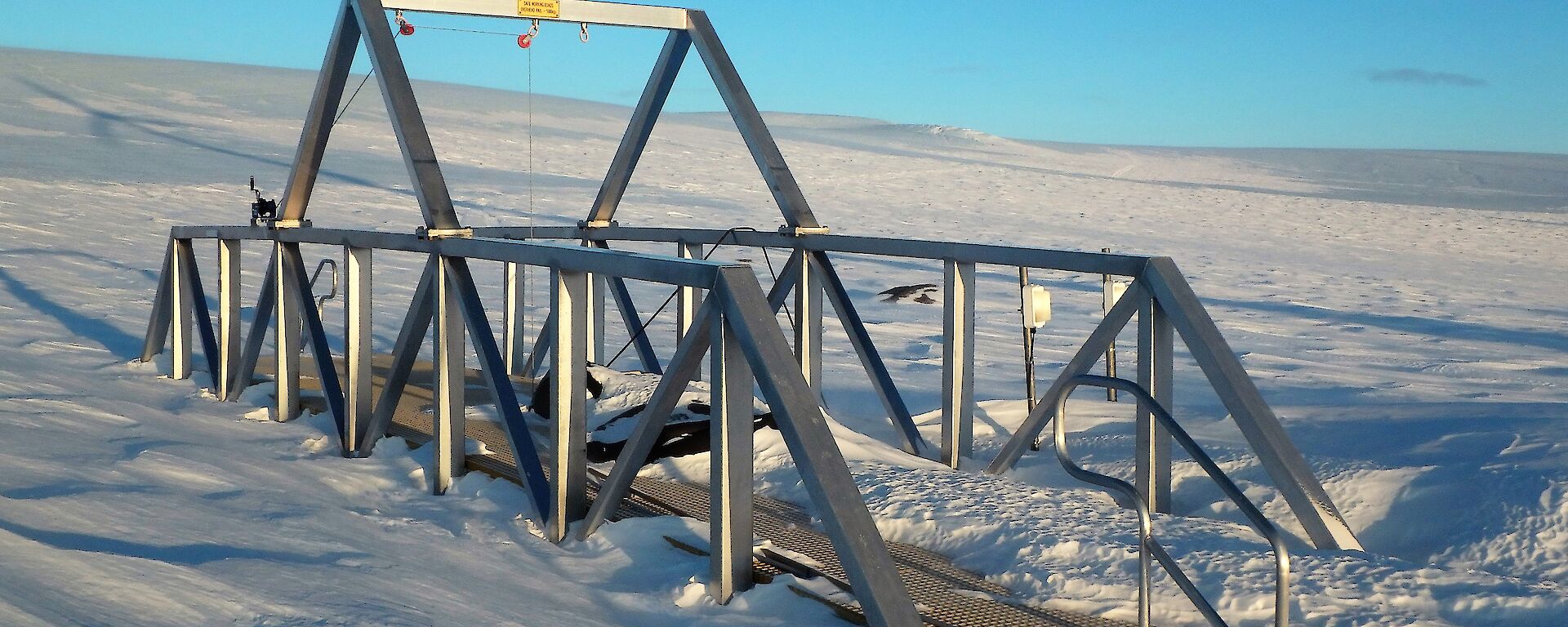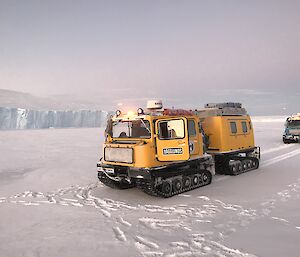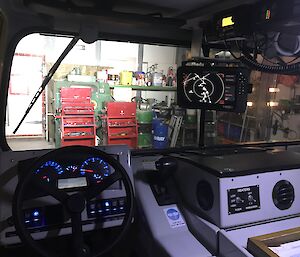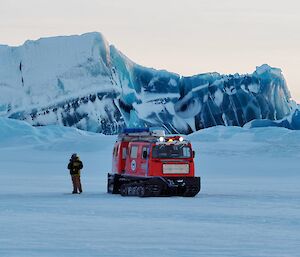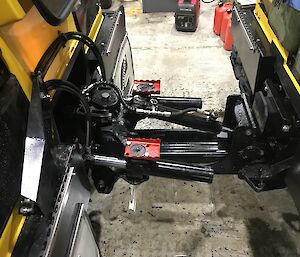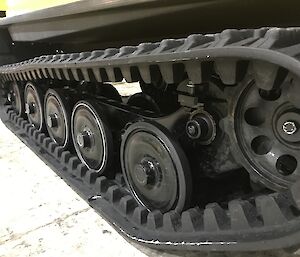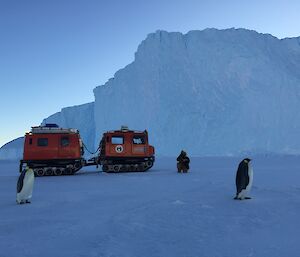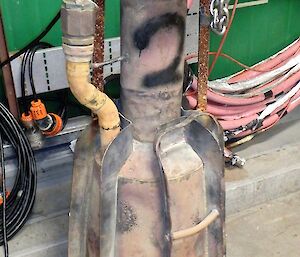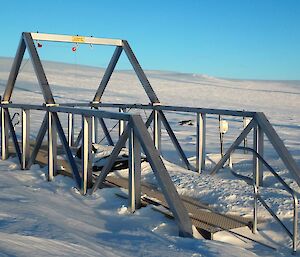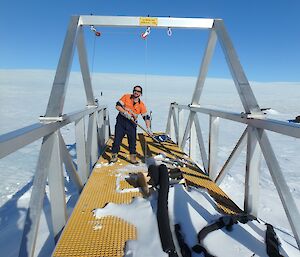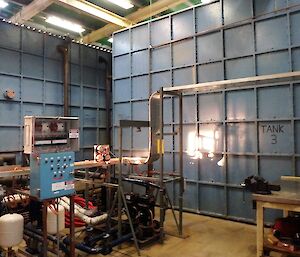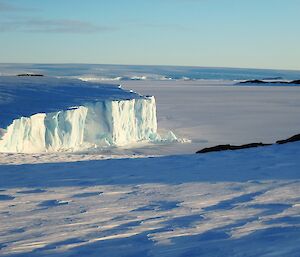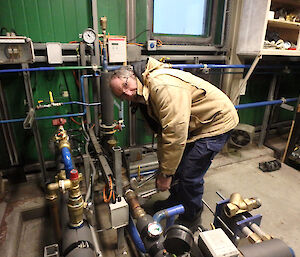Here in Antarctica there is but one machine that reigns supreme. The Hägglunds BV206 (affectionately known as a Hägg).
First designed by Hägglunds in the late 1970s, with production commencing at the start of 1980, over 11,000 units have been made with most sold for military applications.
The Australian Antarctic Division has been utilising them for many decades now, they have stood the test of time and have come a long way since the days of the old 5 cylinder Mercedes models.
The Antarctic Division has invested thousands of hours over the years into refining, upgrading and modifying this workhorse into the sophisticated machine used today. This has only been possible by the very talented and dedicated mechanical team at Kingston.
The Hägglunds is one of the most versatile machines used on station, there are three main variants used: SAR, firefighting and general purpose.
Under the hood is a Cummins QSB4.5 Turbo Diesel mated to an Allison transmission. Steering is made possible by a very ingenious from of articulation between the front and rear cabs. With a range of up to 250km between refuelling, a wide footprint and plenty of power, the Hägglunds is most at home down here in Antarctica.
The four occupants of a Hägg needn’t be worried about the freezing temperatures outside, with one very large top mounted heater and floor mounted heaters to keep the cab warm and toasty. Visibility is taken care of by two large LED flood lights, GPS navigation with radar and a heated windscreen.
Did I mention they are amphibious as well? They have a top speed in water of 4km/h – not bad for a machine that weighs over 4 tonne with no propeller. Häggs can be loaded with 2250kg and tow 2000kg!
The Hägglunds is a machine that cannot be praised enough. I wish I could take one home, but with a value of nearly $500,000 I don’t think that is going to happen anytime soon.
Anyway talk soon
Alex

